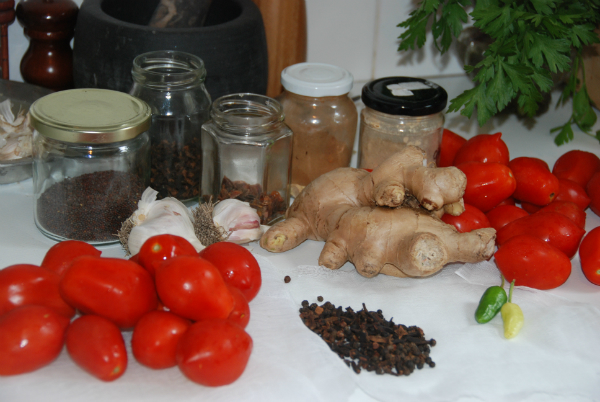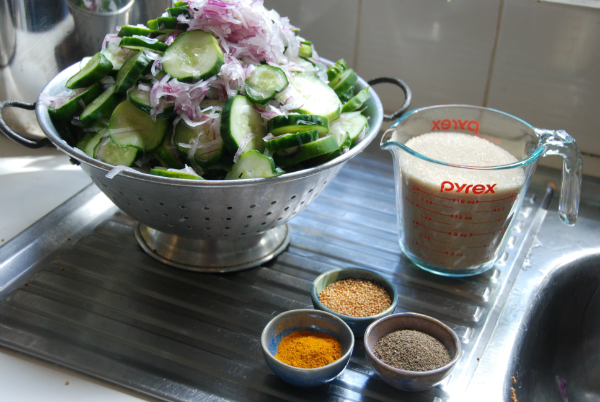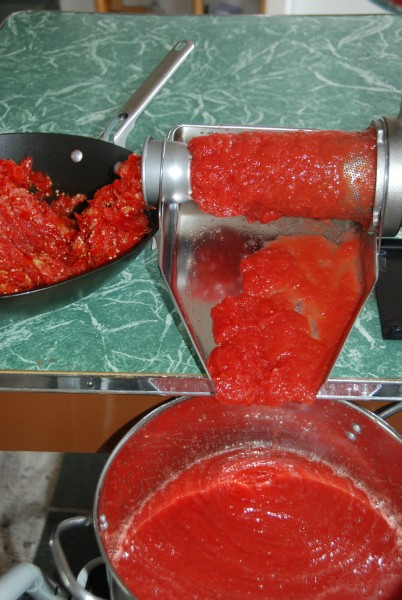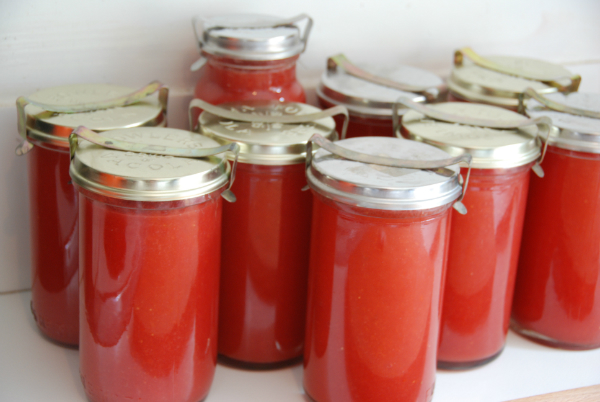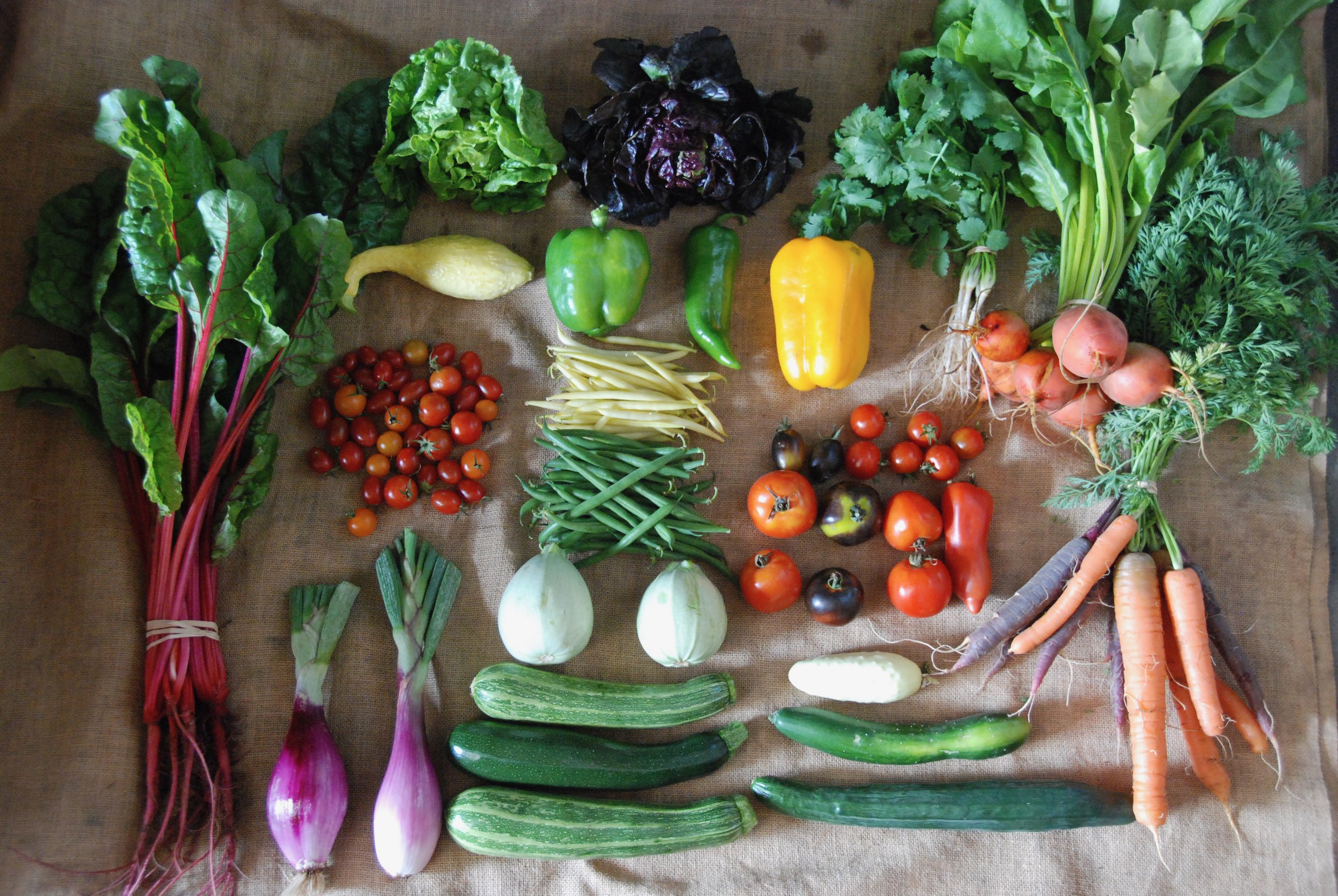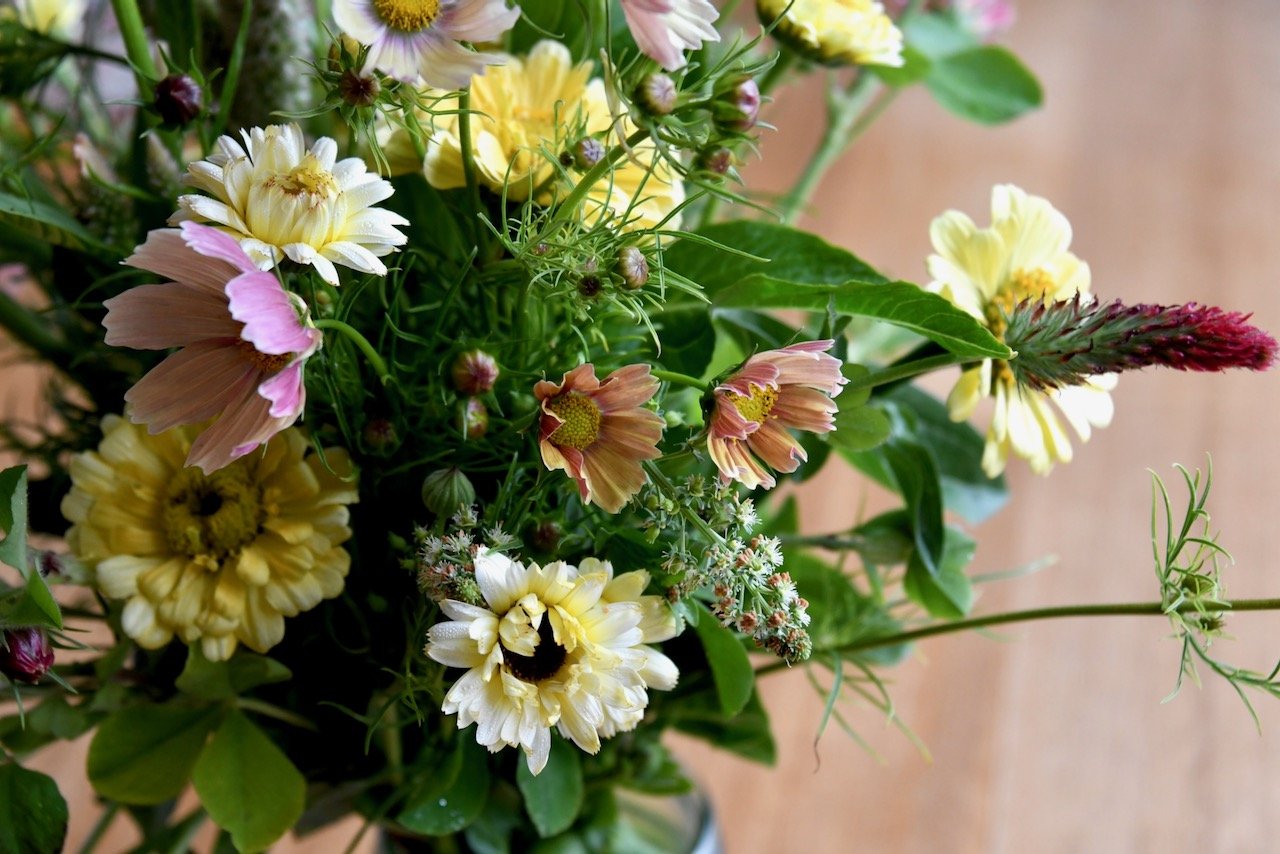The moon continues descending this week until Thursday morning – The earth is breathing in and drawing growth forces back down below the soil surface. The lower parts of the plants, especially the roots, are activated. Activities that take advantage of the descending moon include making and spreading compost, transplanting seedlings and trees, taking and planting cuttings, and cultivating soil.
The moon then starts ascending – The earth breathes out. We see this as growth activity above the soil. Growth forces and saps flow upwards more strongly and increase the plants vitality. This is the time to spray horn silica preparation 501, cultivate at the appropriate constellation before sowing, harvest on an air constellation plants for medicinal purposes, flowers and plants for preparation making and field crops such as silage and hay (Biodynamic Resource Manual, 51-53).
A Moon node will occur on Thursday the 1st at 08:35. Moon nodes occur where the moon’s path crosses the path of the Sun. The influence of the node lasts for approximately 2 hours on either side of the node. The effect is similar to that of an eclipse of the Sun by the Moon and it is best to avoid any agricultural or horticultural work for this brief period (Biodynamic Resource Manual, 53).
Seeds that we are sowing now are BROAD BEANS!!, beetroot, bok choy, broccoli, cabbage, carrots, cauliflower, celery, coriander, dill, leeks, lettuce, kale, parsley, parsnips, radish, spinach, spring onions, and turnips.
Autumn is coming. The days are shortening, the nights have moisture and the soil is entering into its main digestive time of the year. If you did not begin your compost on Wednesday, take advantage of the descending moon in an earth sign on Thursday and make a compost pile. Compost is a valuable fertilizer and soil additive. It does seem like a complex science but just start by pulling the remains of your summer garden which are finished and piling them with grass cuttings, kitchen scraps, weeds, seaweed, old hay, road kill, old newspapers...all of this can be recycled into "black gold" for the garden.
If you haven't already pulled your storing onions, and the tops have already died back, Thursday and Friday until 15:13 are a great time to pull them and lay them out in a shed or garage to dry completely. Pulling them in a descending moon during an earth sign will help to keep them from rotting or sprouting.
This is also the time to germinate new lawns. Seeding a new lawn on Monday or Tuesday and then providing it with water when needed will give your lawn the chance to germinate while the soil is still warm and then set roots deeply throughout autumn and winter. By spring, your lawn will be a sward...if that is what you want in your landscape.
The ascending moon in autumn is also a good time to dry herbs for use all winter. The herbs will be in their fullest during a leaf, flower or root sign throughout the ascending moon. Cut or dig them now and then dry them in a cool place with good aeration and no direct sunlight to store all of their goodness.
The full moon is on Thursday the 8th of March at 19:39. “In the 48 hours leading up to the Full Moon there is a distinct increase in the moisture content of the earth. The growth forces of the plants are enhanced. The Full Moon period is also connected with the growth of the plant and quick germination of seeds. Seed germination is prompt but may be soft and prone to fungal attack. The influence of the full moon appears to provide favourable conditions for the growth of fungus on plants. This is related to the increase of moisture and humidity.” (Biodynamic Resource Manual,51)
The sun is in the sign of Aquarius. Peppering is the Biodynamic practice of roasting weed seeds, insects and animals in or on a fire to produce an ash that can be used to protect crops from these things. Days prior to the full moon while the sun is in Aquarius, we will roast the green shield beetles that Tommi has been collecting. We will do a post just on peppering to offer more details. Collect any winged insect that has been giving you problems and roast them in a cast iron fry pan over a fire. Try to include the insect at all stages of life. And look for the post to get the next step on what to do with the ash.
The moon is in an earth sign on Wednesday morning starting at 03:07 until Friday afternoon at 15:13. Earth signs are favourable for root plants. These included all plants whose roots we harvest: carrots, parsnips, radishes, beetroot, celeriac, swedes, potatoes, onions and garlic.
The moon then moves into an air sign until Monday at 00:04. Air signs are favourable for flower plants. These include all the plants, which are grown for their flowers, and where we want a long flowering time: garden flowers, medicinal and preparation flowers, bulbs and broccoli.
From Monday until Wednesday at 04:50, the moon is in a water sign. Water signs are favourable for leaf plants. These include all the plants whose leaves we harvest: cabbages, cauliflower, parsley, coriander, lettuce, spinach, bok choy, silver beet, asparagus and fennel.
For the rest of Wednesday, the moon is in a fire sign. Warmth or fire signs are favourable for fruit plants. These include all plants whose seed fruit we harvest: beans, peas, grains, cucumbers, squashes, lentils, corn, capsicums, rice, soya, tomatoes, zucchini, eggplant, strawberries and fruit trees.
Prepare now for Autumn applications of preparation 500 by making sure you have it on hand before the next descending moon mid month.
-Gardening Notes are compiled using Brian Keats Antipodean Astro Calendar; Maria Thun’s Gardening for Life; Biodynamic Agriculture Australia’s Biodynamic Resource Manual; Peter Cundall’s The Practical Australian Gardener; Louise Riotte’s Astrological Gardening; and the experiences and farm practices on Transition Farm
Links for more information
For more information about our Biodynamic Gardening Notes, visit our previous post About our Biodynamic Notes.
For more information about liquid brews for plant health, visit our Seasonal Notes page and click the tag “liquid brews” .
For more information about Biodynamics and to purchase biodynamic preparations, I know of three organisations in Australia:
Demeter Biodynamics at http://www.demeter.org.au/index.htm
Biodynamic Agriculture Australia at http://www.biodynamics.net.au
Australia Biodynamic- Victoria Inc. at http://www.biodynamicsvictoria.org/
For more information about the Antipodean Astro Calendar, Biodynamic Planting and research and more visit Brian Keats’ website at http://astro-calendar.com/index.htm.





